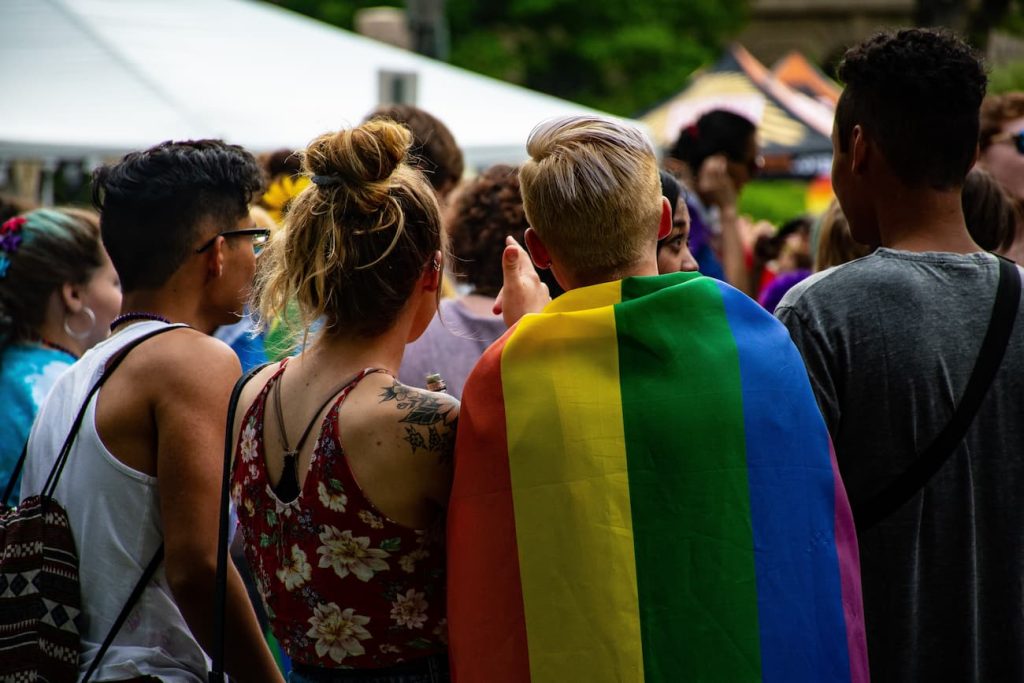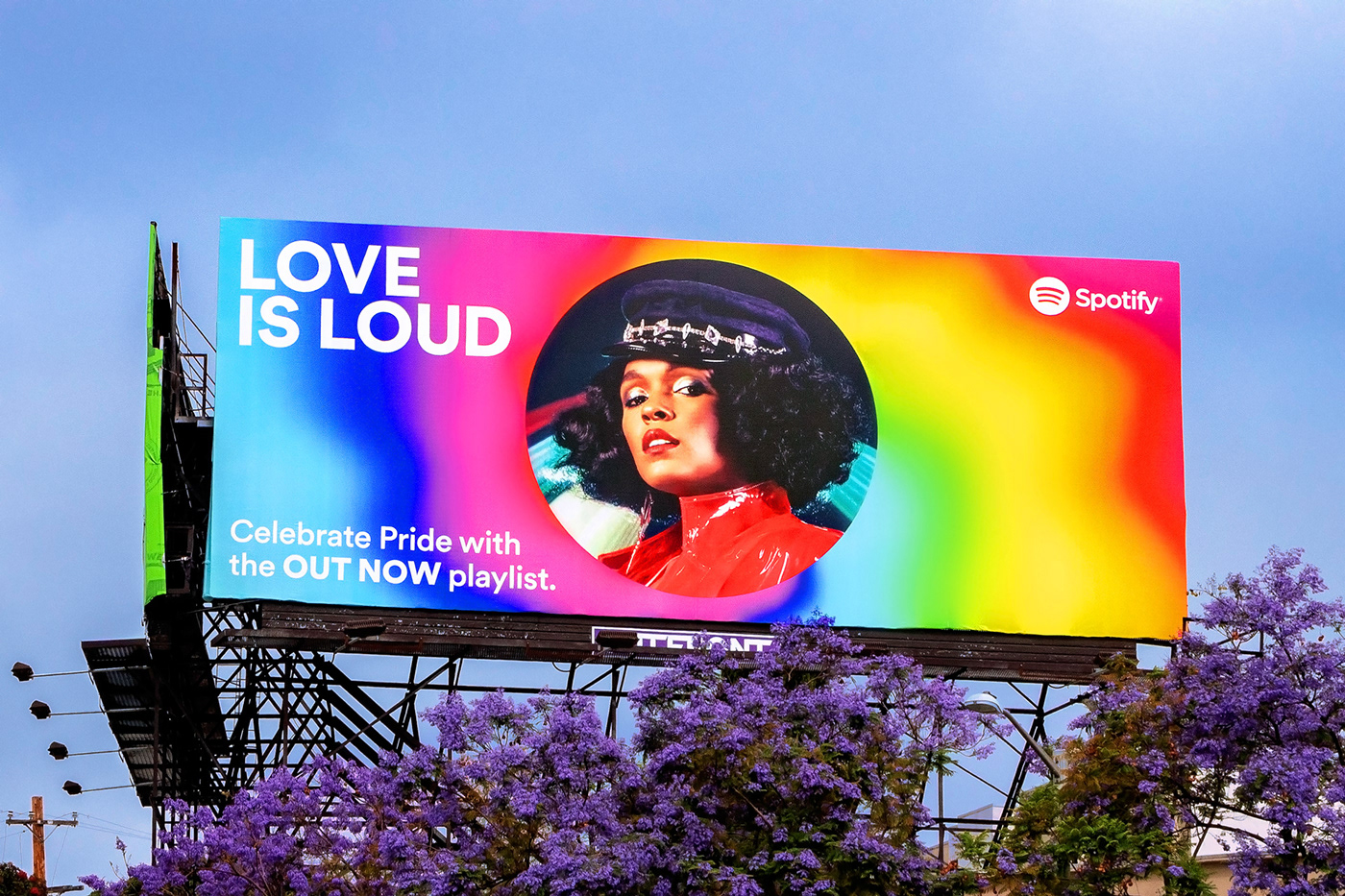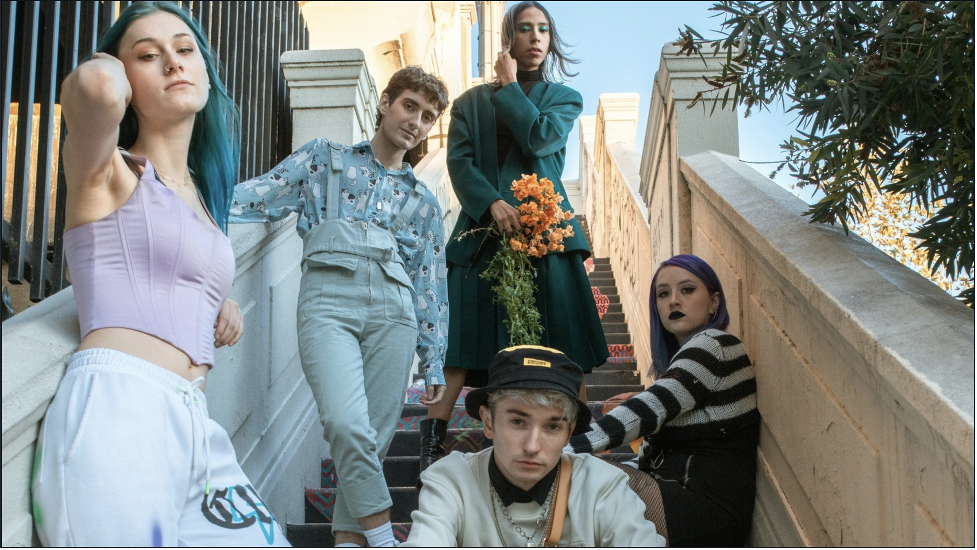An inclusive brand identity transcends mere representation. It’s about forging real connections with diverse audiences, nurturing a sense of belonging, and fighting for a more equitable world. This article explores the importance of building inclusive brand identities, explains what makes a brand inclusive, and provides actionable steps to achieve it, supported by real data, expert insights, and illustrative case studies.
The Importance of Inclusive Brand Identities
Transform Your Marketing Strategy
Inclusive marketing is crucial for reaching and resonating with LGBTQ+ consumers. A 2019 survey by Think With Google found that 71% of LGBTQ+ consumers are more likely to interact with an online ad that authentically represents their sexual orientation. Additionally, 85% of LGBTQ+ individuals said they would be more likely to support a brand that shows genuine support for the community.
While it is essential to include LGBTQ+ representation in branding, it must be done authentically. Tokenism and pinkwashing—where brands use LGBTQ+ symbols or representation superficially for marketing purposes without substantial support for the community—can backfire. A study conducted by Karmarama and GAY TIMES revealed that 72% of the LGBTQ+ community believed their portrayal in advertisements was merely tokenistic. Demographic trends indicate that marketing with genuine, positive LGBTQ+ representation is increasingly important, especially to younger consumers.
Authentic representation goes beyond surface-level diversity. It involves understanding and addressing the unique experiences and challenges faced by different communities. Brands must avoid tokenism, where diverse individuals are included for appearances rather than their contributions and perspectives. True inclusivity requires continuous effort and engagement with diverse groups to ensure their voices are heard and respected.
Reflecting Changing Demographics
The global consumer landscape is becoming increasingly diverse, not just in terms of race and ethnicity, but also in terms of sexual orientation and gender identity. According to Gallup, as of 2024, 7.6% of U.S. adults identify as LGBTQ+, a significant increase from 4.5% in 2017. This shift highlights the growing visibility and acknowledgment of LGBTQ+ individuals in society. Brands that fail to reflect this diversity risk alienating a substantial portion of potential customers. Inclusive branding ensures that all segments of the population feel represented and valued.
Enhancing Loyalty and Trust
LGBTQ+ visibility is on the rise globally. A 2021 study by Ipsos found that 9% of people worldwide identify as LGBTQ+, with higher percentages among younger generations. In the U.S., Generation Z adults (born between 1997 and 2002) are more than twice as likely to identify as LGBTQ+ compared to Millennials, with 15.9% of Gen Z identifying as LGBTQ+ according to Gallup.

9% of adults identify as LGBT+. Image source: Ipsos
What Makes a Brand Inclusive?
An inclusive brand integrates diversity and inclusion into every aspect of its business. Here are key characteristics that define an inclusive brand:
Representation in Marketing and Advertising
Inclusive brands ensure their marketing and advertising efforts reflect the diversity of their target audience. This includes featuring people of various races, ethnicities, genders, ages, abilities, and sexual orientations in their campaigns. According to a survey by Adobe, 61% of respondents said diversity in advertising is important, and 38% have stopped supporting a brand because they found it not inclusive enough.
Inclusive Products and Services
Creating products and services that cater to a diverse range of customers is crucial. This could mean offering a wider range of skin tones in makeup lines, inclusive sizing in fashion, or accessibility features in tech products. Fenty Beauty, launched by Rihanna, set a new standard in the beauty industry by offering 40 shades of foundation, highlighting the importance of inclusivity in product development.
Company Culture and Workforce Diversity
An inclusive brand fosters a workplace culture that values diversity and inclusion. This involves implementing policies that promote equal opportunities, conducting diversity training, and ensuring diverse representation at all organizational levels. McKinsey & Company’s research shows that top gender diversity boosts profitability by 21%, and top ethnic diversity enhances profitability by 33%.
Engagement with Diverse Communities
Inclusive brands actively engage with diverse communities through partnerships, sponsorships, and community support initiatives. This not only shows genuine commitment but also helps brands understand and address the unique needs and challenges of these communities. For example, Nike’s partnership with Colin Kaepernick, despite being controversial, demonstrated a strong stance on social justice issues and resonated with many consumers.
Authentic Storytelling
Inclusive brands tell authentic stories that resonate with their diverse audience. They avoid stereotypes and clichés, instead highlighting the unique experiences and contributions of different communities. Authentic storytelling helps build trust and connection with consumers. An example is Dove’s Real Beauty campaign, which featured real women of various shapes, sizes, and ethnicities, challenging traditional beauty standards.
Sustainable and Ethical Practices
Brands that prioritize sustainability and ethical practices often align with inclusive values. This involves fair labor practices, environmentally friendly production processes, and transparency. Consumers today are increasingly aware of and concerned about the ethical practices of the brands they support. According to Nielsen, 66% of global consumers are willing to pay more for sustainable goods.
Image Source | Spotify Newsroom 2020 Pride campaign
Case Study: Inclusive Branding Done Right
Ben & Jerry’s, the Vermont-based ice cream company, is celebrated for both its inventive flavors and its unwavering dedication to social causes, including LGBTQ+ rights and inclusion. Their approach to advocacy goes beyond the usual marketing tactics, embedding social responsibility deeply into their brand identity.
While many companies confine their LGBTQ+ support to Pride month, Ben & Jerry’s aimed to make LGBTQ+ inclusion an integral part of their brand identity and activism year-round. Their challenge was to move beyond temporary campaigns and demonstrate genuine, consistent support for the community.
This brand employs a multifaceted strategy to champion inclusivity. Their ongoing advocacy includes public statements, petitions, and partnerships with advocacy organizations. The company has also launched special ice cream flavors, such as “I Dough, I Dough” (formerly “Hubby Hubby”), to celebrate milestones like marriage equality. Internally, they maintain inclusive corporate policies and benefits for LGBTQ+ employees, reflecting their commitment within the company.
Externally, Ben & Jerry’s regularly publishes content related to LGBTQ+ issues on their website and social media, and they actively support pro-LGBTQ+ legislation while opposing discriminatory laws. Their approach also embraces intersectionality, acknowledging the complex and diverse nature of identities within the LGBTQ+ community.
@Image Source | Boston Magazine
So, how can you build an Inclusive Brand Identity?
Understand Your Audience
To build an inclusive brand, start by understanding the diverse makeup of your audience. Conduct market research to identify the different demographics, cultures, and communities that interact with your brand. Use this data to inform your marketing strategies and ensure that your messaging resonates with all segments of your audience.
Foster an Inclusive Organizational Culture
Inclusivity starts from within. Create a workplace culture that values diversity and inclusion. This involves implementing policies that promote equality, offering diversity training programs, and encouraging open dialogue about inclusivity. When your employees feel valued and included, they are more likely to advocate for these values in their interactions with customers.
Collaborate with Diverse Influencers
Partnering with influencers from diverse backgrounds can help amplify your brand’s commitment to inclusivity. Influencers have the power to reach and engage with specific communities authentically. Ensure that your collaborations are meaningful and not just for appearances. Choose influencers who genuinely align with your brand’s values and can speak authentically about their experiences.
Develop Inclusive Marketing Campaigns
Design marketing campaigns that reflect the diversity of your audience. Use inclusive language and imagery that represent different genders, ethnicities, ages, and abilities. Avoid stereotypes and clichés, and instead, focus on authentic storytelling. Highlight the unique experiences and contributions of diverse individuals to create a more inclusive narrative.
Support Community Initiatives
Demonstrate your commitment to inclusivity by supporting community initiatives and organizations that align with your brand’s values. This can involve sponsoring events, donating to relevant causes, or partnering with non-profits. By actively engaging with and supporting diverse communities, your brand can build trust and show that it genuinely cares about making a positive impact.

@styledbyphil | Instagram
Building an inclusive brand identity is not just a moral imperative but also a strategic advantage. By reflecting the diversity of the modern consumer base, fostering loyalty and trust, and driving innovation, inclusive brands can thrive in today’s competitive marketplace. Overcoming challenges like pinkwashing and ensuring authentic representation requires continuous effort and genuine commitment. By following the steps outlined and learning from successful case studies, brands can create a more inclusive and equitable world, one campaign at a time.
Ready to build a brand that celebrates everyone?
Contact Chipper Digital today and let’s get started!












